Tag: CPR
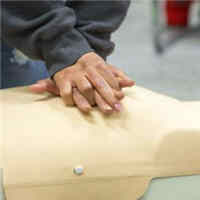
New Resuscitation Guidance for Patients with COVID-19
In response to the COVID-19 pandemic, the American Heart Association and collaborating organizations, including the American Academy of Pediatrics, the American Association for Respiratory Care, the Society of Critical Care... read more
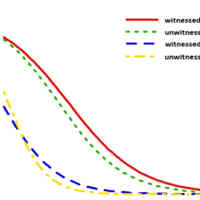
Optimal CPR Duration for Favorable Neurological Outcomes After OHCA
A favorable neurological outcome is closely related to patient characteristics and total cardiopulmonary resuscitation (CPR) duration. The total CPR duration consists of pre-hospital and in-hospital durations. To... read more
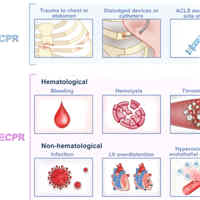
Extracorporeal Cardiopulmonary Resuscitation (ECPR) in Adults
Rates of survival with functional recovery for both in-hospital and out-of-hospital cardiac arrest are notably low. Extracorporeal cardiopulmonary resuscitation (ECPR) is emerging as a modality to improve prognosis by augmenting... read more

A New Acronym to Select Eligible Patients for ECPR
Rhythm check three - A2BCDE3! - A new acronym to select eligible patients for extracorporeal cardiopulmonary resuscitation (eCPR) Extracorporeal cardiopulmonary resuscitation (eCPR) is an ultra-invasive approach for the... read more
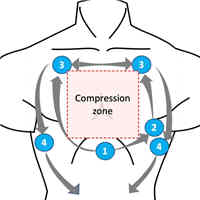
POCUS in Cardiorespiratory Arrest
The POCUS-CA (Point-of-care ultrasound in cardiac arrest) is a diagnostic tool in the Intensive Care Unit and Emergency Department setting. The literature indicates that in the patient in a cardiorespiratory arrest it... read more
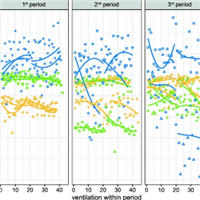
Reliability of Mechanical Ventilation During Continuous Chest Compressions
All investigated transport ventilators were able to provide alveolar ventilation even though chest compressions considerably decreased tidal volumes. Our results support the concept of using ventilators to avoid excessive... read more
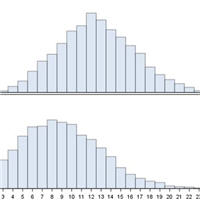
Do Not Attempt CPR Decisions in People Admitted with Suspected COVID-19
Early do not attempt cardiopulmonary resuscitation (DNACPR) decisions were associated with recognised predictors of adverse outcome, and were inversely associated with Asian ethnicity. Most people with an early DNACPR decision... read more

Standardized post-resuscitation damage assessment of two mechanical chest compression devices
The LUCAS 2 device shows superior resuscitation outcomes and less thoracic injuries compared to Corpuls cpr when used for experimental CPR in juvenile pigs. Researchers should be aware that different mCCDs for experimental... read more
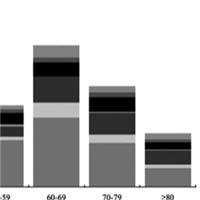
A Systematic Review of the Incidence and Outcomes of In-Hospital Cardiac Arrests in Patients with COVID-19
Approximately, one in 20 patients hospitalized with coronavirus disease 2019 received resuscitation for an in-hospital cardiac arrest. Hospital survival after in-hospital cardiac arrest within the ICU was higher than non-ICU... read more
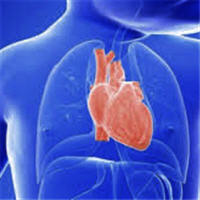
Factors Associated With Initiation of ECPR in the Pediatric Population
Although extracorporeal cardiopulmonary resuscitation (ECPR) is increasingly utilized in the pediatric critical care environment, our understanding regarding pediatric candidacy for ECPR remains unknown. Our objective... read more

Quantitative Characterization of LV Function During Pulseless Electrical Activity Using Echocardiography
Left ventricular function measured by LVFS is positively correlated with higher probability of rates of return of spontaneous circulation (ROSC) and may be associated with higher chances of survival in patients with PEA arrest. We... read more

Variation in Pediatric Palliative Care Allocation Among Critically Ill Children in the United States
Palliative care consultation for critically ill children in the United States is low. Palliative care utilization is increasing but considerable variation exists across institutions, suggesting inequity in palliative care... read more

Cytokine Adsorption Effect on Survival and Circulatory Stabilization in Patients Receiving ECPR
Even after the introduction of extracorporeal cardiopulmonary resuscitation (ECPR), survival after cardiac arrest remains poor. Excess release of vasoactive cytokines may be a reason for cardiovascular instability and death... read more
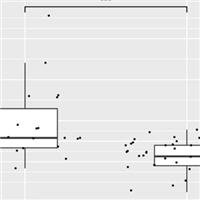
Monitoring tissue oxygenation index using near‐infrared spectroscopy during pre‐hospital resuscitation
In this pilot study, we demonstrated the feasibility of ∆TOI as a dynamic value rather than single static value among OHCA patients in a pre-hospital setting. ∆TOI can be considered as a predictor of return of spontaneous... read more




